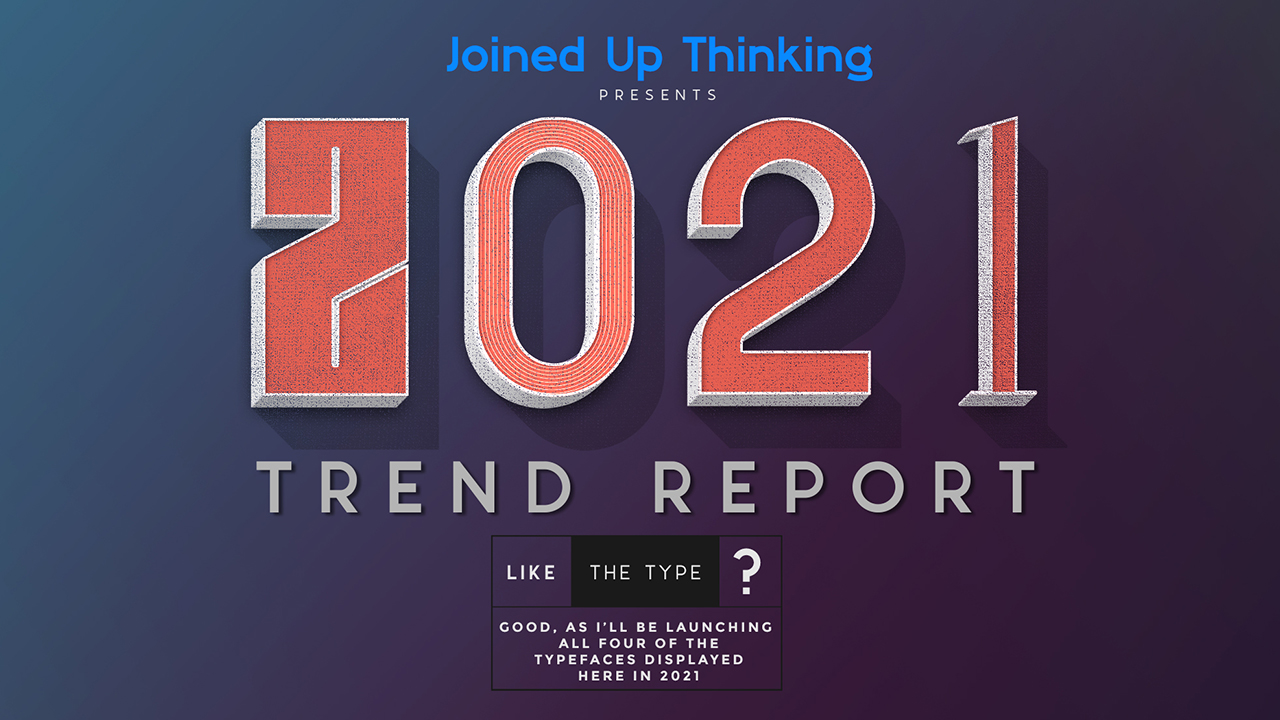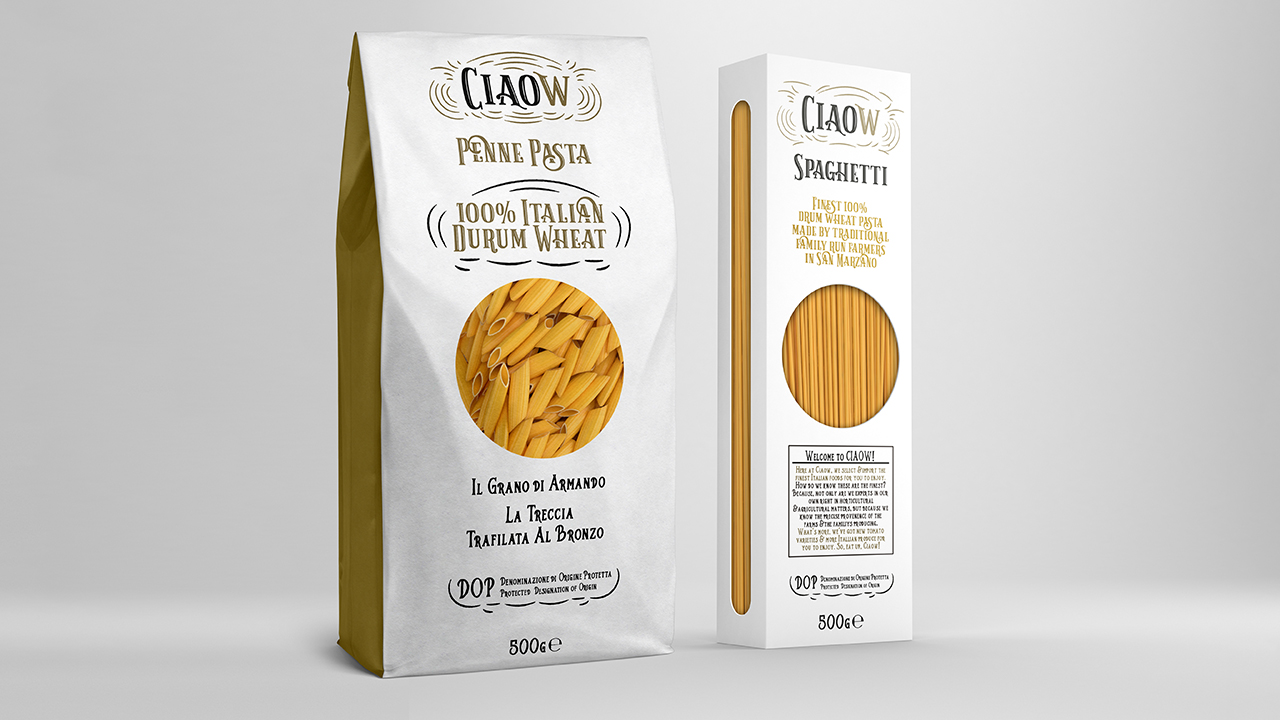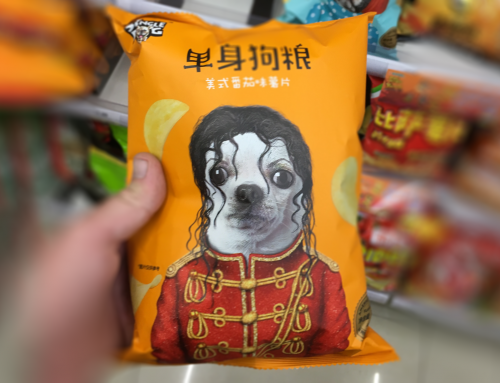Joined Up Thinking’s 2021 trend report Pt 1
A personal collection of insights for a year that will see further exponential change for both business & consumers
A personal collection of insights for a year that in my view will see further exponential change for both business & consumers
Design predictions for 2021
For the past 5-6 years I’ve been involved with both product development and packaging design for companies such as TESCO, ASDA & Amazon (amongst others).
As part of that process I’m briefed bi-annually with the design themes each brand is individually pursuing, which will then be realised, through our designs, over a 1-2 year period.
I also create my own future predictions which are normally presented to the senior buyers annually in November and May in order to help inform them of emerging trends specific to their market and product area.
Examples include trends in Fragrances for candles, price points for differently tiered products, as well as Macro consumer, design, packaging and other discipline movements.
I’ve divided this report into the following sections each of which will be released weekly:
- Macro global consumer trends
- Macro design trends
- Colour trends
- UI trends
- Website design trends
Macro Consumer Trends
I think, as has been well documented by numerous commentators over the past year, the pace of change brought on by the very real realities of the Covid pandemic has vastly accelerated many trends that were already in motion last year.
So my report below, highlights 4 key trends which have spilled over to 2021 and will, due to 2020 have been and are accelerating.
There are other significant trends which I haven’t at this stage touched on – to do with specifically: Diversity, Sustainability and home/stay at home/work issues which are and will also be plainly key driving forces in 2021.

Macro global consumer trends
No1: Ai is here to stay: “Beyond Human”
The Beyond Human trend shows how people are beginning to accept that robots or other artificial intelligence (ai) can perform certain tasks traditionally done by humans. Though complete trust of, and universal access to, this technology will take more time, we are embracing the concept of ai-driven robots for our own welfare, convenience and comfort. Growing up with technology as an integral part of their lives, Generation Alpha will not distinguish between digital and physical.
A 12 second preview of a new promotional video for Duncan Forbes’s forthcoming single: “Burning Bright as Magnesium” to be released in 2021 from 49North recordings. Designed and created by Joined Up Thinking © Matthew le Maistre Smith 2021
This is a trend that has seen very interesting new applications, for instance, for designers, with Photoshop and After effects releasing Ai driven cloud based effects for image manipulation in the latest 2021 updates as well as for instance upgrades in the likes of Alexa, Siri and chatbots.
Factor in as well the continued research and development going into quantum computing and that area alone will see even our phones and smart devices have a power and further size reduction for components that could make our current devices quickly look like tech relics from the early 80 within a matter of years.
more info:
This is not a new trend – but is ever developing.
For instance, Global wireless speakers have registered double-digit annual volume growth of 30% since 2015.
Amazon.com Inc. and Alphabet Inc. quickly took share until the landscape started to stabilise and growth slowed in 2019. This indicates the forming of a broad user base and the commencement of commoditisation. Meanwhile, connected robotic vacuum cleaners recorded 50% global volume sales growth in 2018, capturing 35% of total sales, a notable indicator of wider acceptance.
The greatest challenge for consumer-facing robots is not the hardware but creating the software behind it. Creating software that can act as a human interface is at the heart of the Beyond Human trend. Google, Alexa, Nvidia and other titans are trying to nail natural language processing. A convincing customer-serving robot will not be possible unless the interaction with the machine is natural.
Robots will replace tasks and repetition, not jobs and certainly not humans. Rather, robots and humans will sit side by side. The industrial world will still be the main driver in robot adoption as the world struggles with an ageing society and faces an increasing cost of labour. Backed by maturing algorithms and machine learning, AI-driven robotics is a tool to achieve precise automation and avoid manmade risks in a wide range of industrial situations, especially manufacturing, assembly and logistics.
Sources: Some of the above content, opinions & survey results are sourced from a EuroMonitor 2020 report into Global consumer trends, but which I believe are still relevant have become even more so during 2021 and beyond. The rest of the content contained are my personal views and comments.
No2: We want more content in less time:
“Catch me in Seconds”
Swipe, click and scroll are now the main reflexes to search for information among Catch Me in Seconds consumers. With improved technology, accessibility and usage, consumers can find immense amounts of information with fewer barriers. Consumers have the same capacity to process information as before but now contend with much more information to process, needing to identify the most relevant bits quickly. They are constantly seeking personalised, authentic and appealing channels. Catch Me in Seconds consumers want brands to make their information, product or service as accessible as possible in a short timeframe to compete with other demands.

more info:
For consumers in 2021, the marketing channels that appear authentic — friends, family and independent consumers — are the growing trusted sources. Conversely, marketing channels directly influenced by a brand and its service or product rank lower in influence. Increasingly, consumers are turning to trusted sources to help sift through the immense amounts of information available and make decisions quickly.
Attention spans are not only becoming shorter, but the Catch Me in Seconds trend is also causing consumers to be more selective when sifting through considerable amounts of information in a matter of moments.
As consumers seek to engage with brands, products and services in the most authentic way, online influencers are gaining traction as an emerging digital marketing channel. Consumers typically follow influencers with similar values, trusted reviews and content that evokes a positive response. This resulted in a shift from brand-led macro influencers to micro influencers, independent of brands. This channel particularly resonates with users aged 18 to 44 years, especially in regions with younger populations.
an example of this in the real world: Fendi with Toplife China
Fendi is an Italian premium luxury fashion brand.
In 2018, Fendi partnered with Toplife, the luxury e-commerce platform established by jd.com, to launch a hybrid “drop” for its ff Reloaded capsule collection. “Drops” are similar to flash sales but are for a shorter time period or have limited quantities. The brand has continued to invest in capsule collections to be made available via the “drop” format and at a global scale. Digital innovation of physical pop-ups is popular with consumers who like exclusive and experiential shopping, through speedy delivery and advanced technologies that match the in-store experience.
Summary:
Across many goods and service sectors, what makes something premium or luxurious is evolving. No longer is price the sole determinant. Time is key and the promise of time saving is a driver of innovation and disruption, leading to new products and services. Technology has enabled companies to share more information. Consumers have the same capacity to process as before, but now contend with much more information to process.
We see brands leveraging this trend to capture attention. Through “drops,” brands are making their merchandise available exclusively for a short period of time. Here, the product is only accessible to those with not just the money, but also the time to make the purchase. For more widely available products, people are willing to pay a premium price to have quicker access.
Social media is changing, permitting people to access content with shorter live stories and videos. Some platforms offer people ways to consume more content in the same amount of time. For example, they can select faster playback speeds on YouTube and certain podcast platforms. Consumers are taking in more information but expect to spend the same amount of time.
Sources: Some of the above content, opinions & survey results are sourced from a EuroMonitor 2020 report into Global consumer trends, but which I believe are still relevant have become even more so during 2021 and beyond. The rest of the content contained are my personal views and comments.
No3: We want to go back to our roots:
“Proudly Local, Going Global”
Pride and power in local culture will become more sharply defined and relevant in 2021. It has been particularly a part of Jersey’s identity but will have greater resonance in the UK particularly out of the necessary conditions to further it due to Brexit.
The Proudly Local, Going Global trend captures consumer desire to adopt and appeal to a sense of individuality and growing national identity from local inspiration. There is also a growing expectation for multinationals to respond appropriately and creatively to local culture, social norms and consumer habits.

New brand creation & packaging design for a Jersey-based food importer. Redesigned from the Italian manufacturers to make relevant to the UK market. Designed and created by Joined Up Thinking © Matthew le Maistre Smith 2020
more info:
To be fair, I’d single Waitrose out as a prime example of this trend which it’s been developing for many years. Essentially, they’ve bucked the trend that most other supermarkets pursued over the past 5-10 years as knee jerk reactions to lowest common denominator competition (and therefore to make everything “own-brand” and cheap as chips). Waitrose whilst addressing that also has developed individual sub-brands that don’t have the ubiquitous and heavy-handed “on-brand” catch-all to design.
An example from my experience is likewise with product development that I’ve been involved with for TESCO whereby the Fox and Ivy label I’ve been working on, has resolutely NOT been TESCO branded for this very reason. See more here: Fox & Ivy Packaging design
Essentially this theme captures global consumer desire to adopt and appeal to a sense of individuality and growing national identity from local inspiration.
There is also a growing expectation of multinationals to respond appropriately and creatively to local culture, social norms and consumer habits.
Niche brands start their global route to success by accentuating their local credentials, keeping this at the forefront of consumers’ minds. At the same time, multinationals are becoming more sophisticated in shaping their products to local tastes and preferences without losing their core brand identity. Tuning into the Proudly Local, Going Global trend is a compelling business strategy to win and retain consumer loyalty.
Sources: Some of the above content, opinions & survey results are sourced from a EuroMonitor 2020 report into Global consumer trends, but which I believe are still relevant have become even more so during 2021 and beyond. The rest of the content contained are my personal views and comments.
No4: A retreat from globalisation
This is nothing new but may well accelerate even further in 2021 given the geo-political situation created by both the COVID pandemic as well as increased protectionism on National levels – both from the US, China and inevitably the impact that has had in the UK as well as increasingly in Europe (although they’d deny that inevitably).
more info:
A 2019 survey by Wave X Remix Culture found more than half of consumers believed that local brands and products were more authentic than content and products from other countries.
There are deeper ethical value shifts beyond self-expression and consumption driving this desire for localisation. Consumers are prioritising environmental responsibility while helping local businesses thrive and reconnect with communities.
The Proudly Local, Going Global trend is driving the rise of local consumer brands, especially in developing markets, going head to head with multinationals. For niche brands, regional and even global success has followed.
Multinational companies are keen on localising their production or acquiring already established local players. Localisation strategies also help multinationals better adjust to consumer needs that arise due to cultural differences or lower purchasing power. The large and expanding consumer base is one of the key factors driving production localisation in markets, such as India and Nigeria.
Food and beverages are among the leading industries for local production with 85% of production sold within the producer nations on average. This local trend extends to changes happening in manufacturing facilities and processes. Mini factories, which are located much closer to the end consumer, are superseding multinational megafactories. This aligns with environmental priorities and a retreat from globalisation.
By producing locally, companies can reduce delivery times. This aligns with manufacturers in terms of their sustainable credentials and distribution models. Being accessible, local and clean is becoming more important to survival.
Sources: Some of the above content, opinions & survey results are sourced from a EuroMonitor 2020 report into Global consumer trends, but which I believe are still relevant have become even more so during 2021 and beyond. The rest of the content contained are my personal views and comments.
Get updates on trend forecasts for product, web, UI, typography and print design
We will process the personal data you have supplied in accordance with our privacy policy.


